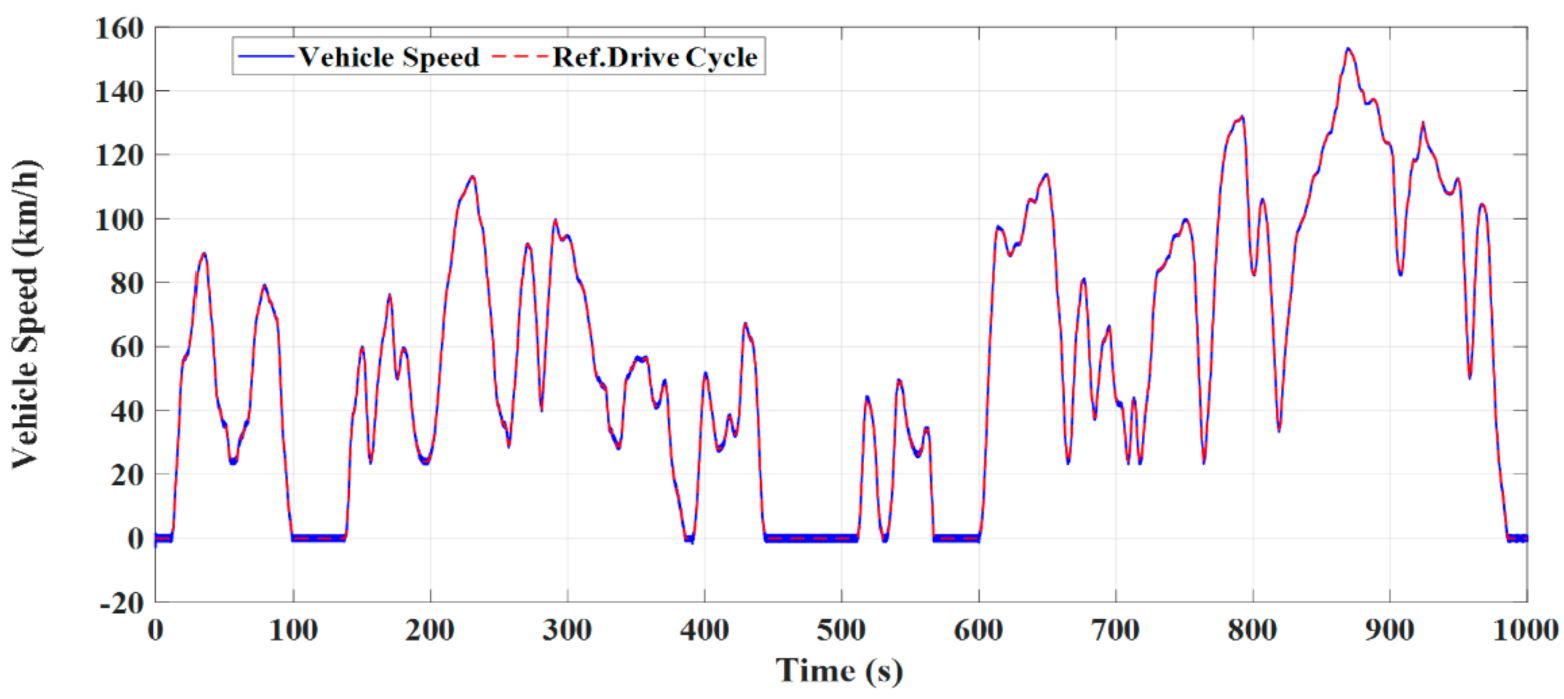

In addition to these two programs, there are lots of other video editing software suites that will allow you to retime your videos, and some time-lapse specific plug-ins exist as well. You can further modify the video to give the final product a more desirable aesthetic from here, adding motion blur, stabilizing the camera, etc. This will drop frames and result in the same effect a time-lapse has – sped motion. You might find our time-lapse calculator will come in handy for this step. Next, you will increase the speed of the video by using the re-timing tools. These two programs, along with several others, will give you the most comprehensive control over your video and provide the best results when converting a video file into a time-lapse.įirst, you will import the video file into the editing program. If you are looking to produce a time-lapse from existing video footage, then the obvious choice would be a robust video editing program such as Adobe Premiere or Final Cut Pro. There are a vast number of software programs out there that will allow you to produce time-lapse from an existing video. Computers also have more raw processor power, meaning they can typically process large amounts of data much quicker than say, a smartphone. If you want to convert an existing video into time-lapse, using a desktop or laptop will give you the most control over the final product generally. Video Production Software for desktop computers Thankfully, there are many time-lapse software options for you to choose from.

You are going to need some means by which to extract frames or speed up your video. You absolutely can create a time-lapse from a video file. Is it possible to somehow take these long videos and turn them into a time-lapse video? Can I turn a video into a time-lapse? That’s great, but you start thinking about existing videos you may have filmed of sunsets, road traffic or the night sky. You may have produced a few videos and invested in an intervalometer (or time-lapse controller) and tripod. This is the gradient of the first section of the green line.So you’ve just started learning about creating time-lapse videos from scratch using your camera. We can calculate the acceleration shown in the first section of the green line as follows: = change in velocity (m/s) ÷ time taken (s) The acceleration shown in the purple line can be calculated as follows: The units of acceleration are m/s/s or m/s 2. Notice that a line sloping downwards - with a negative gradient - represents an object with a constant deceleration (it is slowing down).Īcceleration can be calculated by dividing the change in velocity (measured in metres per second) by the time taken for the change (in seconds). The purple line is steeper than the green line because it represents an object with a greater acceleration. The steeper the line, the greater the acceleration of the object. The diagram shows some typical lines on a velocity-time graph. When an object is undergoing constant acceleration, the line on the graph is straight but sloped.Ĭurved lines on velocity-time graphs also show changes in velocity, but not with a constant acceleration or deceleration. When the horizontal line is at zero velocity, the object is at rest. When an object is moving with a constant velocity, the line on the graph is horizontal. The horizontal axis is the time from the start. The vertical axis of a velocity-time graph is the velocity of the object.

Velocity-time graphs are also called speed-time graphs. Two cars travelling at the same speed but in opposite directions have different velocities.Ī velocity-time graph shows the speed and direction an object travels over a specific period of time. The velocity of an object is its speed in a particular direction.


 0 kommentar(er)
0 kommentar(er)
